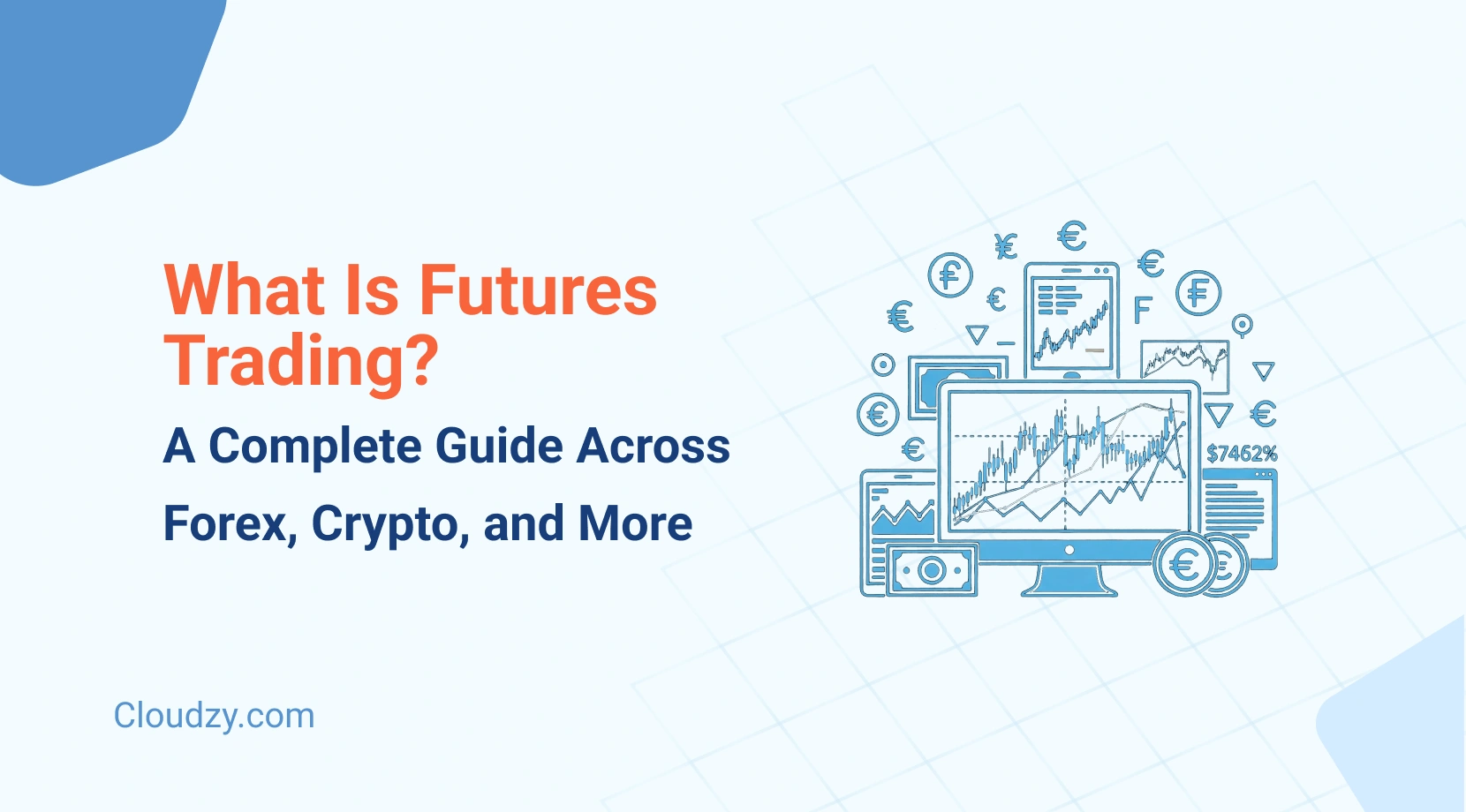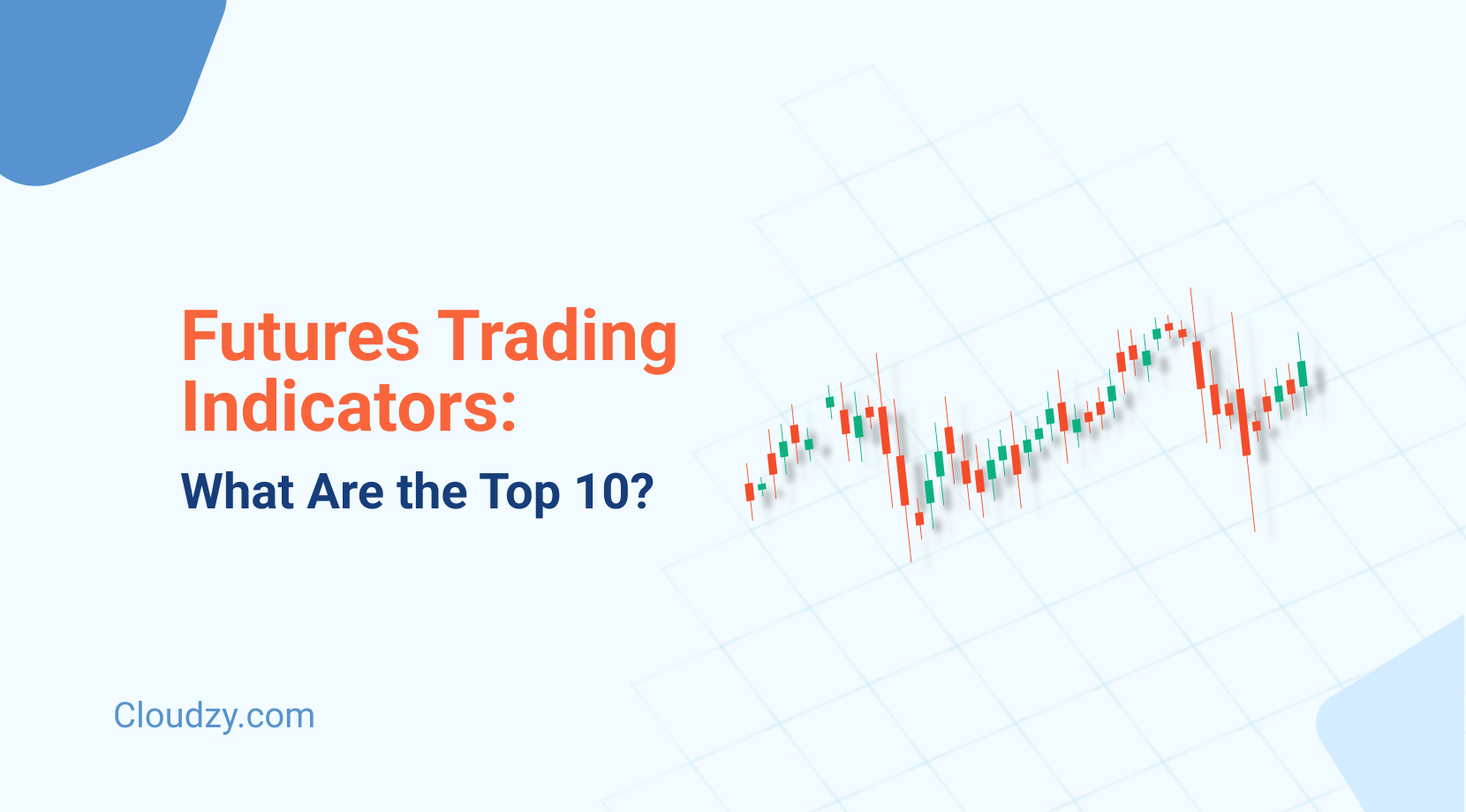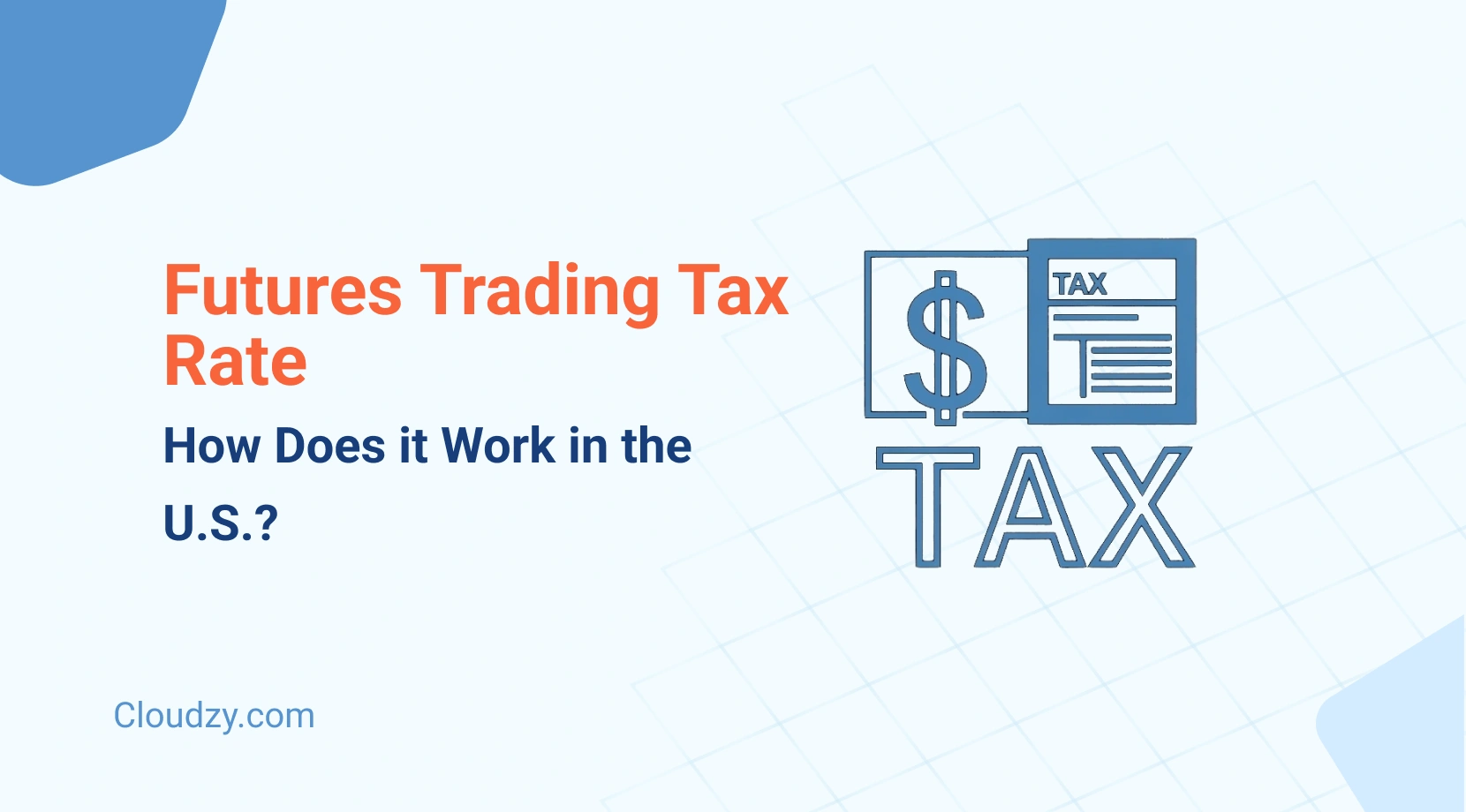What is futures trading? Simple—it’s buying and selling contracts that lock in prices for future delivery. You’re not buying actual Bitcoin or oil barrels today. Instead, you’re agreeing on prices for delivery months ahead.
The numbers are staggering. Global trading volume hit 137.3 billion contracts in 2023 alone. That’s the sixth year running of record-breaking activity.
This guide breaks down everything you need to know about how futures trading works. We’ll cover basic mechanics, different markets, and practical steps to get started. Whether you’re into forex, crypto, or commodities, it’s all here.
What Is a Futures Contract?
Think of futures like making dinner reservations. You call today, lock in a table for next Friday, and agree on the price. Same concept here—you’re reserving an asset for future delivery at today’s agreed price.
A futures contract is a binding agreement between two parties. One agrees to buy, the other to sell, at a specific price on a set date.
Every futures contract contains four essential elements:
- The underlying asset (Bitcoin, crude oil, S&P 500)
- The contract size (quantity of the asset)
- The expiration date
- The agreed-upon price
Unlike custom agreements, standardized futures contracts explained by exchanges ensure consistent conditions for all traders.
Understanding the futures contract expiry date becomes crucial since these contracts don’t last forever. As expiration approaches, traders must either close their positions or prepare for settlement.
How the Futures Market Works
Picture a massive digital marketplace running almost nonstop. Understanding futures market basics starts with knowing that buyers and sellers meet on centralized exchanges like CME Group and ICE. These aren’t wild west operations—they’re highly regulated.
Here’s the clever part: clearinghouses step in as middlemen for every single trade. Your trading partner defaults? No problem. The clearinghouse covers you.
Prices move based on what traders think assets will be worth later:
- Current spot prices
- Interest rates
- Storage costs
- Good old supply and demand
The beauty? Markets run nearly 24/6. Knowing what time the markets open matters because currency futures start Sunday evening and run until Friday afternoon. Most commodity and index futures overlap across time zones, too.
Futures Trading Across Different Asset Classes
Not all futures are created equal. Each asset class has its own personality—different margin requirements, tick values, and trading hours. Think of it like choosing between sports cars and trucks.
Pick the wrong market for your strategy? You’ll feel it in your wallet.
| Asset Class | Popular Contracts | Typical Margin | Trading Hours | Best For |
| Forex | EUR/USD, GBP/USD | 2-5% | 24/6 | Currency hedging, speculation |
| Crypto | Bitcoin, Ethereum | 15-25% | 24/7 | Digital asset exposure |
| Commodities | Crude Oil, Gold | 5-12% | 18-24 hours | Inflation hedge, speculation |
| Indices | S&P 500, NASDAQ | 3-8% | 18-24 hours | Portfolio diversification |
Forex Futures
Currency futures let you bet on exchange rate movements. EUR/USD and GBP/USD are the heavy hitters here. Each EUR/USD contract represents 125,000 euros, with tiny price moves worth $6.25.
Why pick these over spot forex? Three reasons: centralized clearing, transparent pricing, and standardized terms. No more worrying about shady broker tricks.
Crypto Futures
Crypto futures are booming. The crypto market hit $33.42 billion in platform value during 2024. Bitcoin and Ethereum dominate here.
CME’s Bitcoin futures? Each contract equals 5 Bitcoins. Too rich for your blood? Try micro Bitcoin futures at 0.10 Bitcoin per contract. Cash settlement means you get dollars, not actual crypto. Perfect for traditional investors who don’t want to mess with digital wallets.
Commodities & Indices
Here’s where things get interesting. Agricultural futures cover wheat, corn, soybeans, and even livestock. Energy futures? Think crude oil and natural gas. Metals include the classics: gold, silver, and copper.
Stock index futures are different animals entirely. They track major indices like the S&P 500 and NASDAQ 100. No need to buy hundreds of individual stocks when one contract gives you broad market exposure.
Key Benefits of Futures Trading
Leverage is the main attraction here. Initial margin requirements run 3% to 12% of the contract’s total value. That’s serious bang for your buck.
Want transparency? You’ve got it. Futures exchanges publish everything in real-time: bid/ask prices, volume data, and open interest numbers. Everyone sees the same information at the same moment.
Commercial users love the hedging potential. Farmers lock in crop prices months before harvest. Airlines hedge fuel costs through oil futures. Portfolio managers protect stock holdings with index futures.
Diversification opportunities are everywhere. One futures account gets you exposure to currencies, commodities, bonds, and equity indices across global markets. Talk about efficient capital allocation.
Main Risks and What to Watch For
Here’s the reality check: leverage cuts both ways. The risks of futures trading become clear when a 2% price move against you with 50:1 leverage wipes out your account. Gone. Zero.
Margin calls happen fast in this business. Account equity drops below maintenance levels? Brokers liquidate positions instantly, usually at the worst possible prices, too.
Market volatility hits futures harder than spot markets:
- Overnight gaps that make your head spin
- Limit moves that lock you out
- Flash crashes from nowhere
Weather reports, economic data, geopolitical drama—everything triggers sudden price swings. Understanding the futures trading tax rate helps American traders since Section 1256 gives them 60% long-term treatment regardless of holding period.
Contract expiration catches newbies off guard. Physical delivery contracts mean you might end up with actual commodity shipments unless you close positions before the first notice day.
How to Start Trading Futures (Accounts, Platforms, Tools)
First things first: you need a futures commission merchant (FCM) registered with the CFTC. Account minimums vary wildly—$500 for micro contracts, $25,000+ for standard ones. Risk disclosure documents are mandatory. No way around it.
Expect background checks. Many brokers want net worth verification, income documentation, and trading experience proof.
Platform choices range from basic to sophisticated:
- NinjaTrader
- TradingView
- CQG
Look for solid charting, multiple order types, and reliable market data feeds. Paper trading saves beginners from expensive mistakes.
Serious traders need rock-solid infrastructure. A NinjaTrader VPS becomes essential when milliseconds matter. Futures move fast—internet hiccups during overnight sessions can cost thousands.
Who Uses Futures: Institutions vs Retail Traders
The big players include hedge funds, pension funds, and commodity producers. They’re not gambling—they’re hedging massive positions or running sophisticated strategies with serious capital.
Commercial hedgers represent the original purpose of the futures market. Oil refiners hedge crude oil costs, grain elevators hedge storage inventory, and exporters hedge currency exposure.
Algorithmic trading runs the show these days. High-frequency firms and quant funds use automated futures trading strategies to profit from tiny price differences that last microseconds.
Must-Know Terms in Futures Trading
Margin isn’t a loan—it’s a performance bond. Initial margin opens positions; maintenance margin keeps them alive. Fall below maintenance? Margin call time.
Mark-to-market happens daily. Gains and losses get settled every single trading day, not when you close positions.
Contango and backwardation describe curve shapes:
- Contango means futures cost more than spot prices
- Backwardation is the opposite
Tick size matters for profits. E-mini S&P 500 futures move in 0.25-point chunks worth $12.50 each.
How a NinjaTrader VPS Improves Futures Trade Execution
Speed wins in futures. A NinjaTrader VPS near exchange data centers cuts order transmission from hundreds of milliseconds to single digits. That matters for scalping and algorithmic strategies.
Uptime matters more. Internet fails during overnight trading? Your positions are flying blind. VPS hosting gives you redundant infrastructure and guaranteed connectivity.
Algorithm hosting lets automated strategies run without depending on your home computer. Profitable trading systems need constant market monitoring and split-second order execution.
Where to Go Next: Advanced Strategies, Indicators, and Automation
Futures trading strategies range from momentum approaches to mean reversion systems. Each demands specific market conditions and strict risk management.
Technical analysis timing matters. Futures trading indicators like moving averages, RSI, and MACD help spot trends and potential reversals across different timeframes.
Automation beats emotions every time. Futures trading algorithms process massive data volumes and execute complex strategies without second-guessing or fear.
Conclusion
What is futures trading ultimately? It’s a powerful financial tool offering leverage, diversification, and hedging across global markets.
Whether you’re exploring forex futures, crypto futures, or getting into commodities futures trading and index futures trading, these markets provide access with standardized contracts and transparent pricing. Success demands understanding the leverage’s double edge, solid risk management, and proper tools.
Futures reward preparation while crushing the unprepared. Start with education, practice with paper trading, then consider professional infrastructure as strategies develop.



